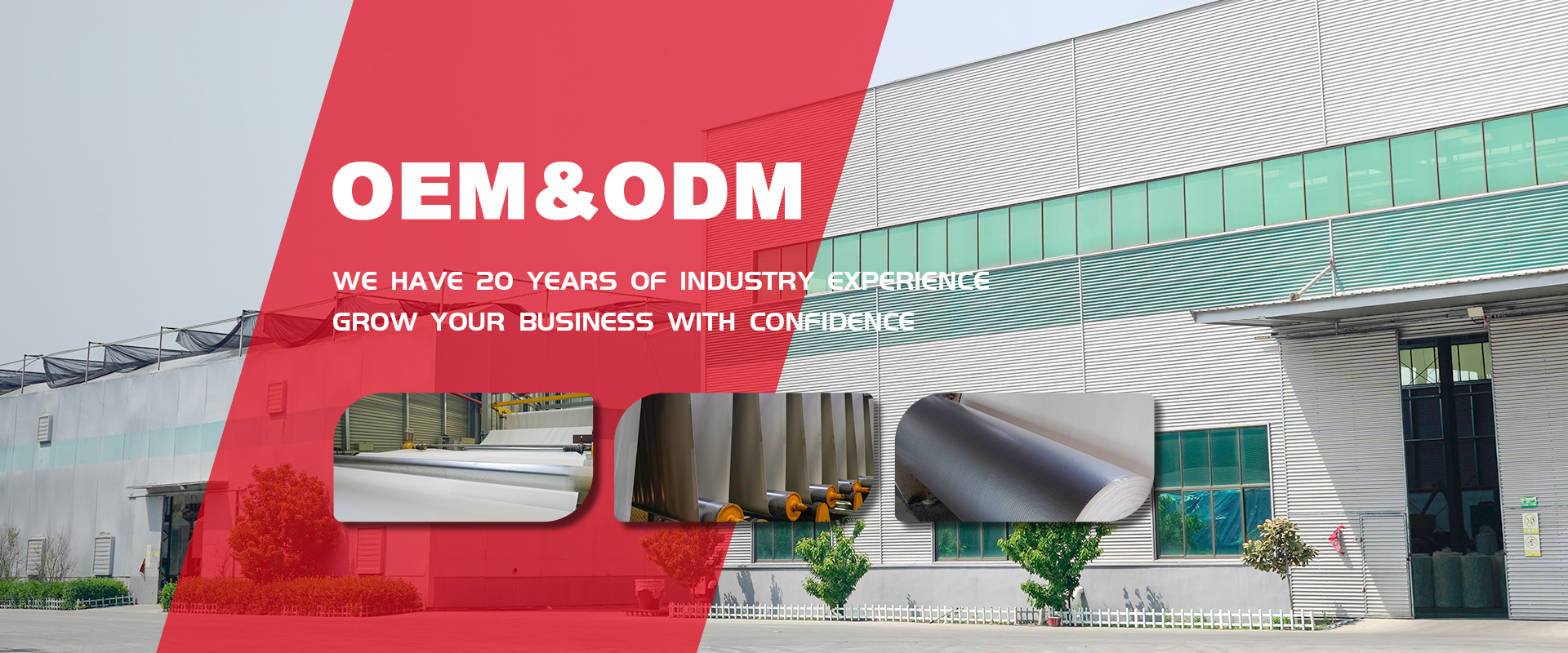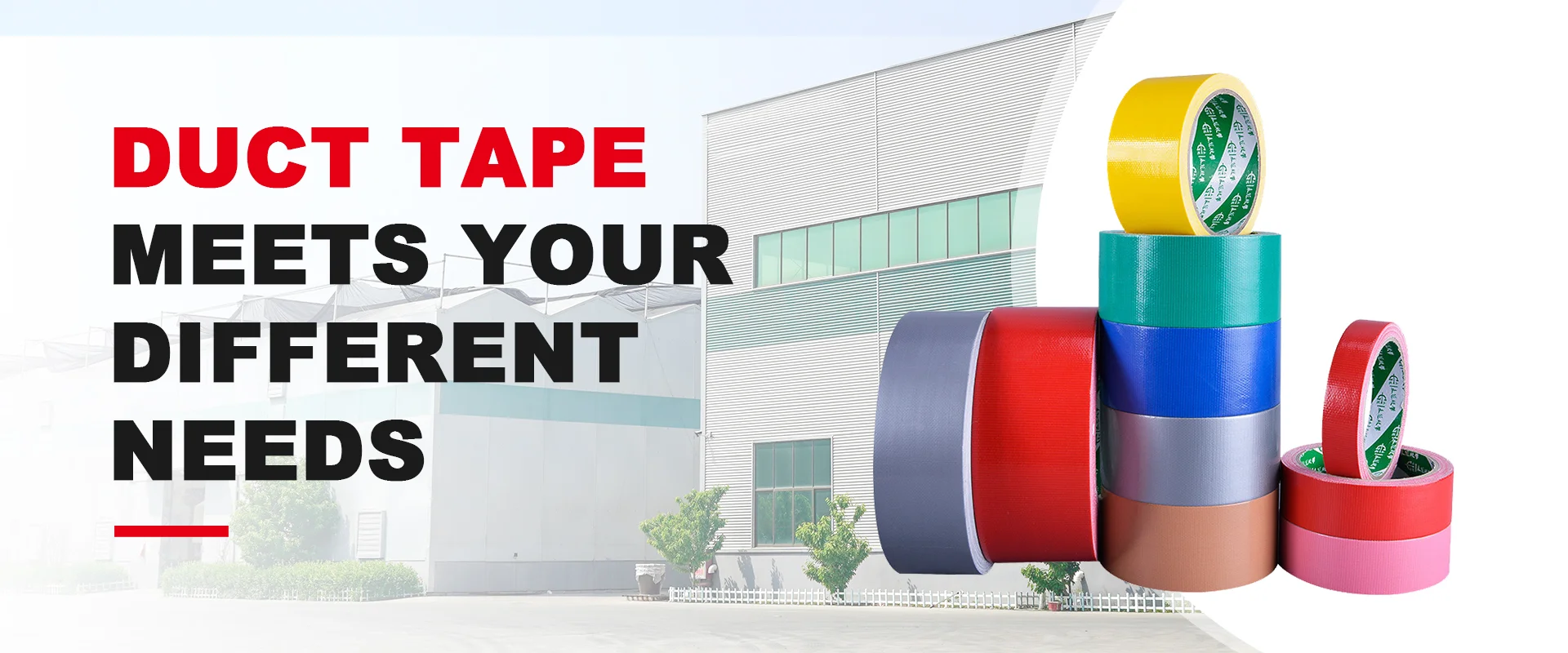Duct tape is often considered the go-to solution for repairs, but it has its limitations. While it's incredibly useful, there are situations where duct tape may not be the best choice. Here are some surfaces and conditions where duct tape might not work effectively:
Wet Surfaces:
Duct tape is water-resistant but not waterproof. It can handle emergency leaks but will fail if submerged for long periods.
Hot Surfaces:
At temperatures above 140°F, the adhesive in duct tape softens and loses its grip, causing it to slip off.
Cold Surfaces:
Extremely cold conditions can harden the adhesive, making it less sticky and effective.
Surfaces with Prolonged UV Exposure:
UV light can break down duct tape's adhesive over time. For outdoor use where sunlight exposure is constant, a UV-protected tape is a better option.
Uneven Surfaces:
Rough surfaces like concrete or stucco can pose a challenge for duct tape. The tape only sticks to the high points, leading to a weak bond.
Dirty Surfaces:
To achieve the best adhesion, the surface should be clean, dry, and free from dust and oil. Duct tape won't stick well to dirty surfaces.
Corrugated Cardboard:
The small fibers in cardboard can interfere with the adhesive, causing duct tape to fail when used for sealing boxes.
Low Surface Energy Materials:
Materials like Teflon have low surface energy, making it difficult for duct tape to form a strong bond.
Painted Surfaces:
On painted surfaces, duct tape adheres only to the paint, not the underlying material, which can result in a weaker hold.
Human Skin:
As a humorous note, duct tape is not suitable for securing lips in situations like kidnappings.
Choosing the Right Tape
For tasks where duct tape falls short, consider specialized tapes. ECHOtape offers a variety of tapes designed for specific conditions and surfaces. Contact the ECHOtape team to find the best tape for your project.
Post time: 07-08-2024
-1.webp)







